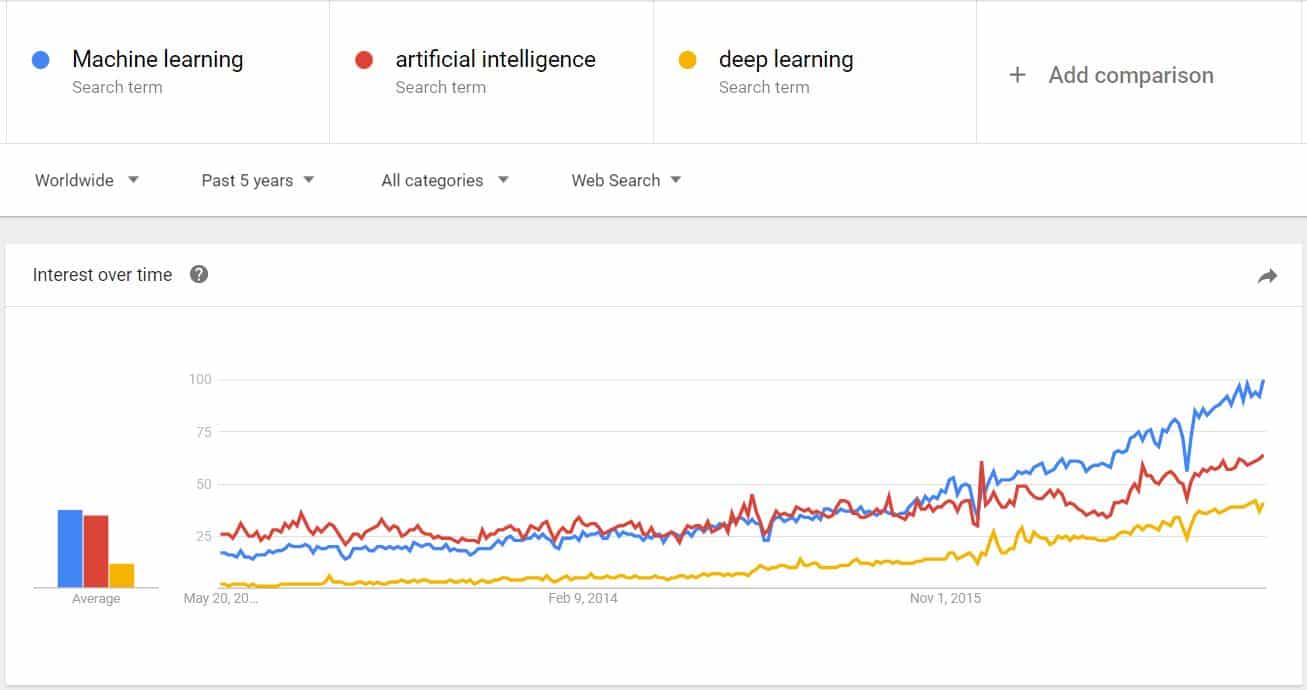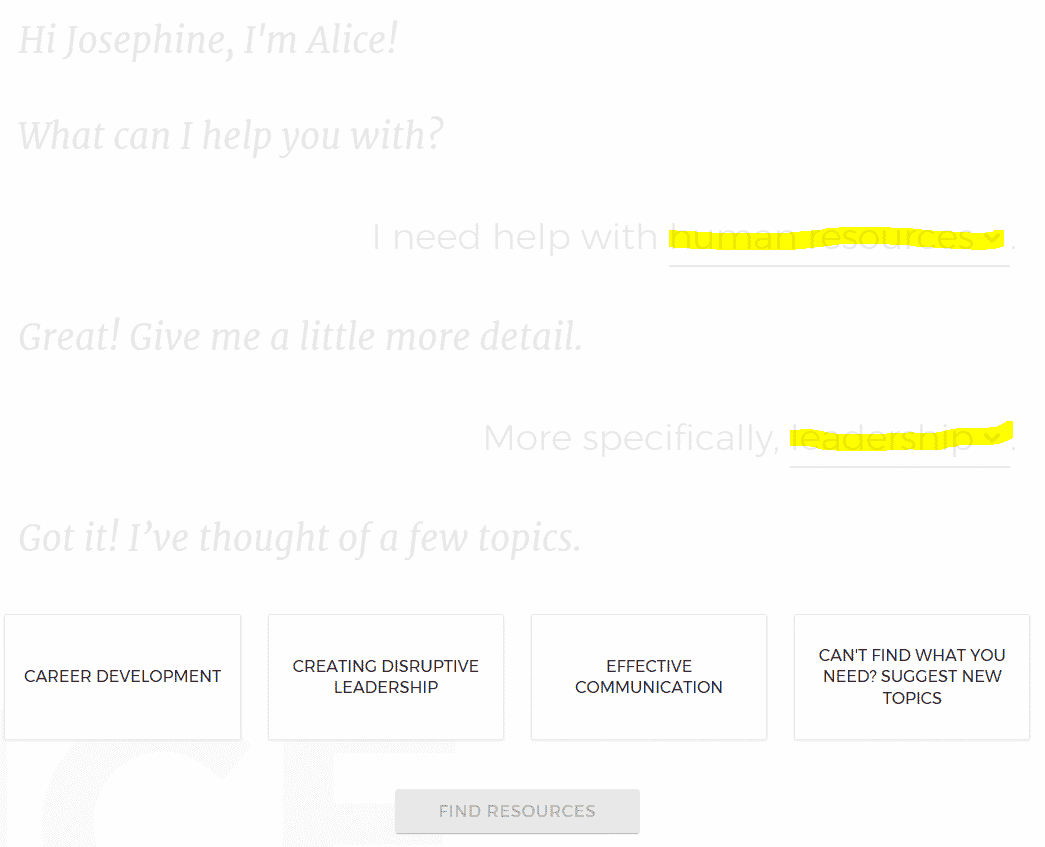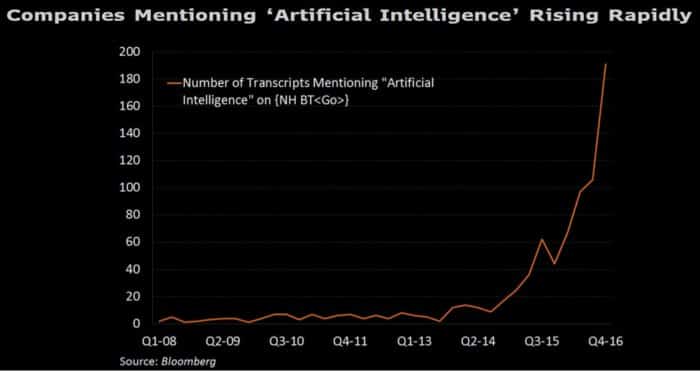Questioning the “Machine Learning” Label

Whenever there is a new and exciting technology, companies always seem to jump on the hype train in order to create more interest in their core business. The most memorable example of this would be the “dot-com era”, and now we’re starting to see the same sort of behavior in artificial intelligence (AI).
We’ve talked before about how the artificial intelligence era won’t be like the dot-com era because this time around, firms need to show that they are adding value before getting investments. The promise of value-add just isn’t good enough anymore. You need to show the results like Afiniti does with a business model that says “pay us nothing and just give us a cut of the value we create for your business“. On the other hand, you have cases like the recent Veritone IPO where there is the promise of benefits from AI in the future. The problem with promising benefits is that anyone can do that. Anyone can say they “use machine learning” these days, and many are doing just that because public awareness of AI (in particular, machine learning) is trending upwards:

Let’s take automated banking as an example. Could we label automated banking processes like this one “machine learning”?
- Say 1 for English. Say 2 for Spanish. <1>
- Say 1 for checking. Say 2 for credit cards. <2>
- Please select from the following credit card options… etc, etc.
Probably not, but let’s turn that into a chatbot that uses artificial intelligence. Here is how you might use machine learning for an automated banking chatbot:
- Interpret text that the human types on the fly (Natural Language Processing)
- Figure out what human meant (Natural Language Understanding)
- Respond with natural text that provides information to human (Natural Language Generation)
Using AI to allow humans to just type or speak normally as if they were speaking to another human is more efficient (hopefully) and a much better customer experience. A process flow that simply follows our original “automated banking workflow” hardly utilizes the power of cognitive computing with the exception of maybe being able to understand voice commands. A process flow that is dynamic and attempts to answer a question using a knowledge base for example, will then start to display some semblance of “artificial intelligence”.
Last week Dell and a woman’s accelerator called Circular Board launched a “machine-learning platform for women entrepreneurs” and we were intrigued by how this might work. Just how could machine learning be used to empower women entrepreneurs? What we found, was rather alarming. The platform called “Hello Alice” is essentially just a series of drop downs you choose from to find what you’re looking for as seen below:

This sort of thing needs to be called out because it leads budding entrepreneurs to believe that machine intelligence is simply a series of pre-defined drop-downs that you select from which you can just label “machine learning” and then market as “machine learning”. What’s even worse is that the “resources” on offer aren’t very compelling. Take this result when we searched for “how to build a website’:

If AI has decided that a resource to create a new website somehow involves a HuffPo article, then those algorithms need some tweaking. According to Forbes:
As more women use the platform, it will get smarter, eventually predicting a user’s needs and offering targeted content based on a startup’s size, location, industry, and other factors.
The product was just launched recently and is no doubt still being developed. In the future they plan to add lots of resources to Hello Alice, but it shouldn’t be labeled “machine learning” yet because it gives “machine learning” a bad name in front of the very entrepreneurs who have to use AI technology for innovating in the future.
In this case we see two well-intentioned firms that are “planning to offer value using machine learning” and we would argue you cannot do that anymore. You need to show value immediately upon launch because there are so many startups out there that are already adding value. Take a look at all the startups in Crunchbase that can be found using various AI keywords, the majority of which have taken in funding:
- Artificial Intelligence (1,798)
- Machine Learning (1,676)
- Big Data (3,802)
When firms choose to label something “machine learning” and it doesn’t actually utilize machine learning to add value, it does a disservice to all the other firms out there with legitimate machine learning technology that are trying to get their efforts funded or trying to go public. It also encourages the sort of behavior we saw in the dot-com era.
The world’s top venture capitalists are not apt to throw money at a technology unless it has been proven. This is why we like to follow their money flows using data from reliable sources like CB Insights. If Andreessen Horowitz invested in an “AI startup” you can be rest assured that the startup isn’t just using traditional software programming to accomplish something. That is one way we can vet startups we come across. On the other hand, if a large corporation suddenly decided to “start using AI” then all they have to do is hire a few data scientists (or not) and then just slap the “machine learning” label on whatever software product it is they sell and then start talking about it during earnings calls like this:

As a retail investor, pay close attention to the “machine learning” label that is starting to pop up everywhere now. If you’re looking at an IPO filing, give the corporate website a pass and dig right into that S-1 filing. You should be able to spot the value quite easily. If the company is already public and now they’re “getting into AI”, look for any sort of “aqui-hire” or key talent they bring on board. Try to find a way to quantify the impact of that investment in AI.
For entrepreneurs, don’t think that you can just slap “machine learning” on whatever it is you’re doing and people will throw funding at you. You’re going to be vetted by VCs who have already seen that dog and pony show. If you’re going to use the machine learning label, make sure you’re using it appropriately or you’re going to get called on it.
Sign up to our newsletter to get more of our great research delivered straight to your inbox!
Nanalyze Weekly includes useful insights written by our team of underpaid MBAs, research on new disruptive technology stocks flying under the radar, and summaries of our recent research. Always 100% free.















Couldn’t agree more!
Thank you for that Renata. We’re going to continue focusing on this topic because it is becoming more and more relevant as the hype builds.
Couldn’t agree more!